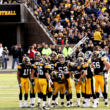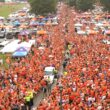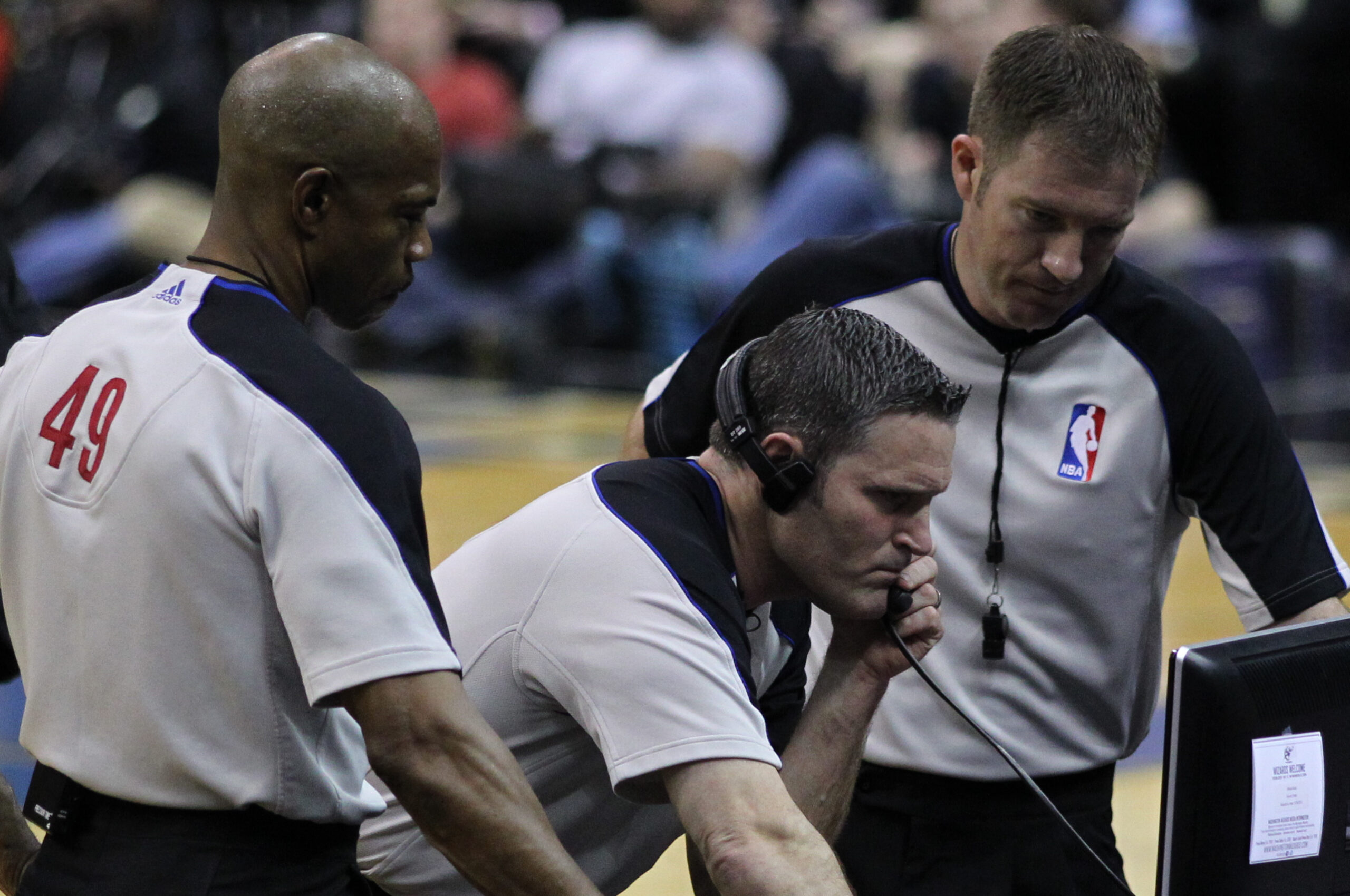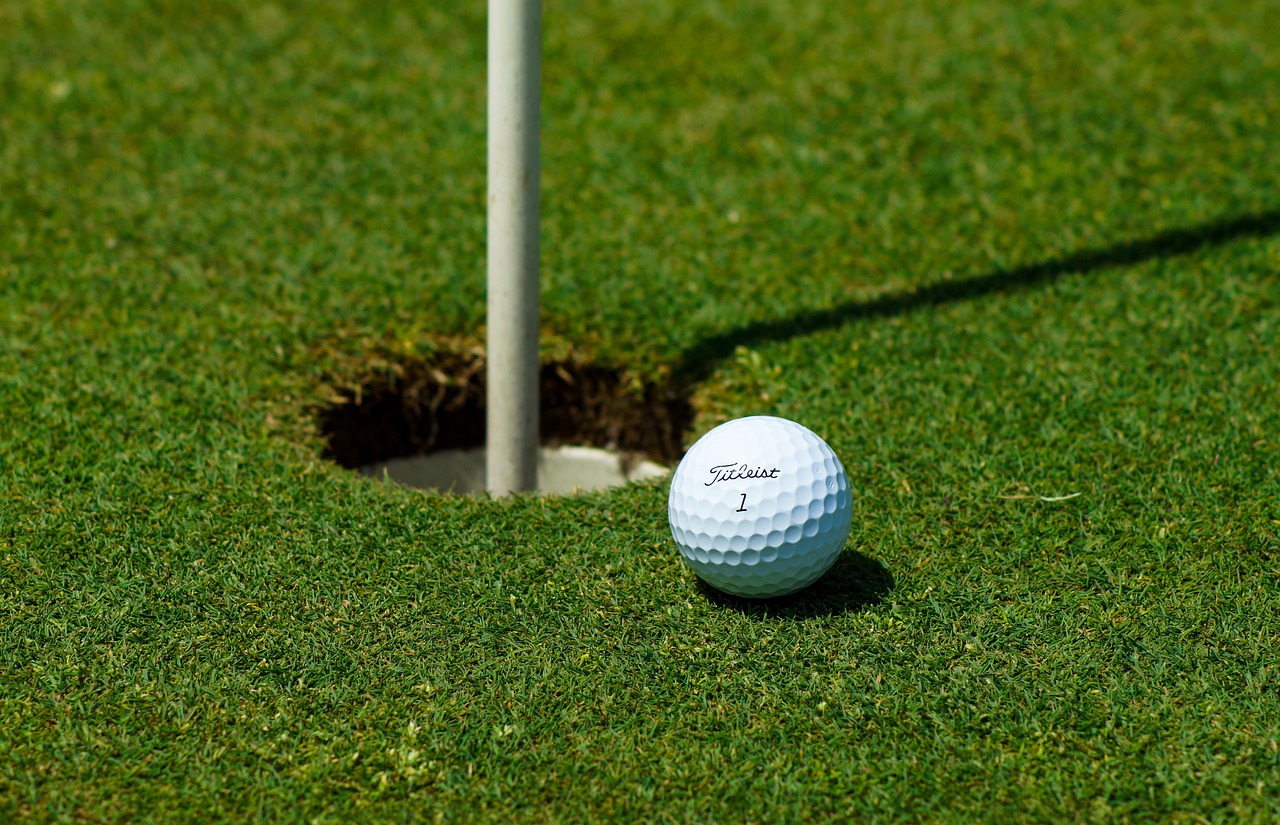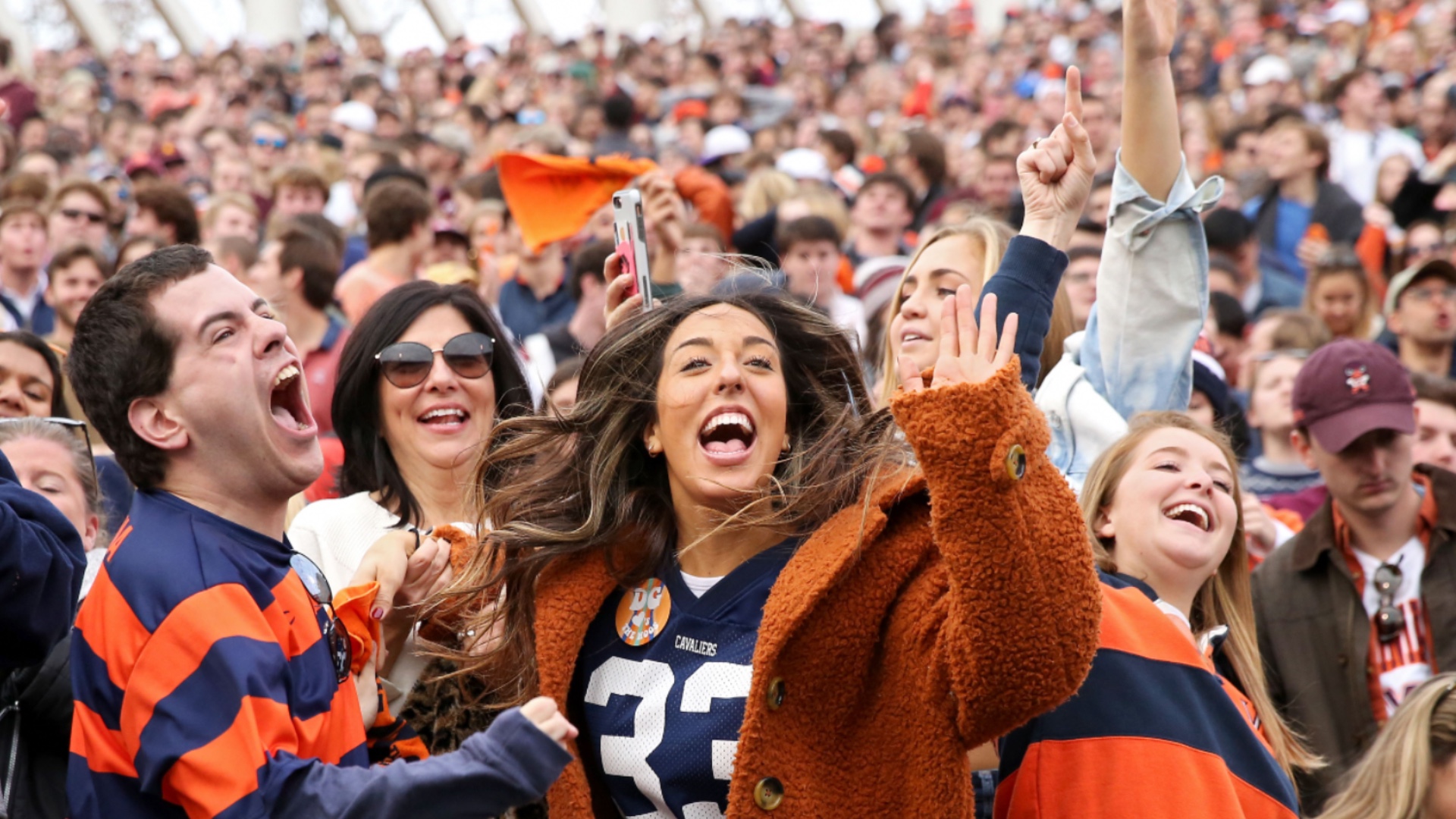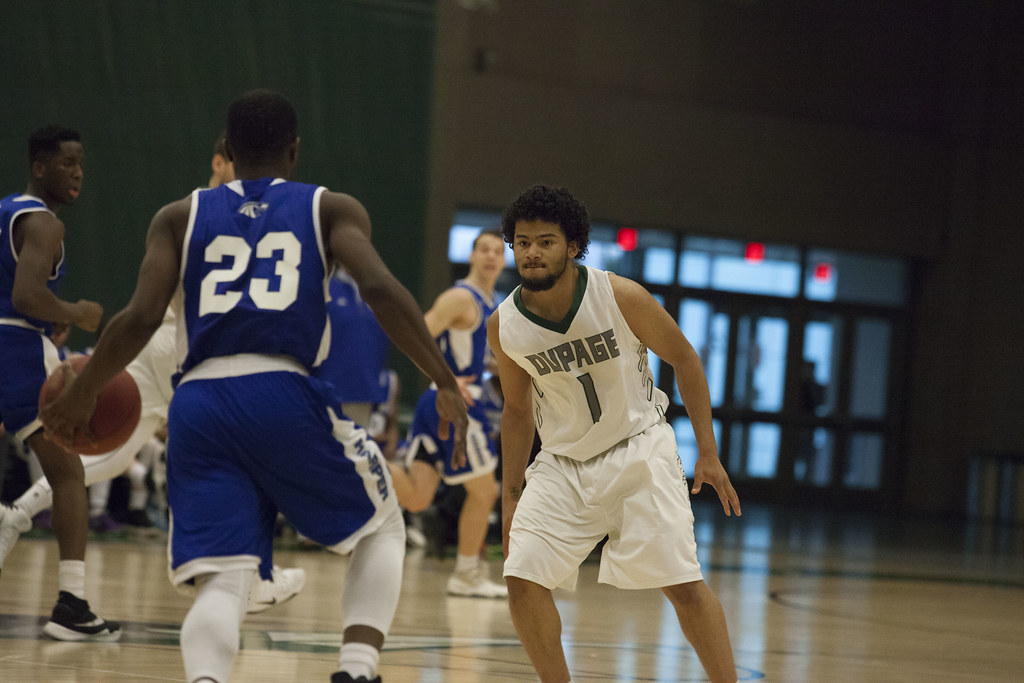The advancement of technology has made instant replay a staple across the sports world. The NFL, NBA, MLB, and NHL all have ways to make sure referees and umpires get the most important calls right in ways they never could before, and they wield that power in very similar ways.
The Art McNally GameDay Central room — named after the longtime official and officiating executive — within the NFL’s Manhattan offices serves as the hub for all replays that are needed across the NFL landscape.
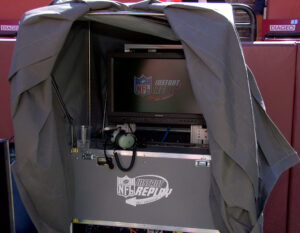
Along with coach’s challenges, replay-eligible plays in football have expanded in recent years to include all scoring — or potential scoring — plays, unsuccessful conversions, and turnovers. When that time comes, the task falls to those in the GameDay Central room to queue up the most relevant camera angles while the referee confirms the need for a review or the details of a challenge. By the time the ref gets to a Microsoft Surface tablet on the sideline, they have the footage to not only make an informed decision but a quicker one to keep the game moving. The average review lasted only 2:26 in 2020.
“We embrace technology,” said head of officiating Al Riverson. “We listen to people. We listen to coaches. We listen to players. The scrutiny’s there but we have to get better.”
The NHL also has a GameDay Central room of its own, dubbed the Situation Room based in Toronto. Hockey’s protocols are similar to football’s in that all scoring plays are reviewed to ensure legality. The big difference is that the NHL recently approved an off-ice official to serve in the role of video goal judge to uphold that standard beginning in the 2019-20 season; and that official works in tandem with the Situation Room to make the right call.
This judge is also tasked with evaluating a handful of factors, like ensuring the puck completely crossed the goal line and, when applicable, did so before time expired. The puck cannot have gone in the net before the frame was dislodged nor can it be directed by a body part or deflected off an on-ice referee or via a high stick.
Baseball and basketball are two sports whose use of replay review is dependent on the time of the game.
According to Major League Baseball, “At any time during a game, a crew chief may initiate a replay review of a potential home run call without a manager challenge being exercised. Beginning in the eighth inning, a crew chief may conduct a replay review of all reviewable calls upon his own initiative or upon the request of a manager who has no remaining manager challenges.”
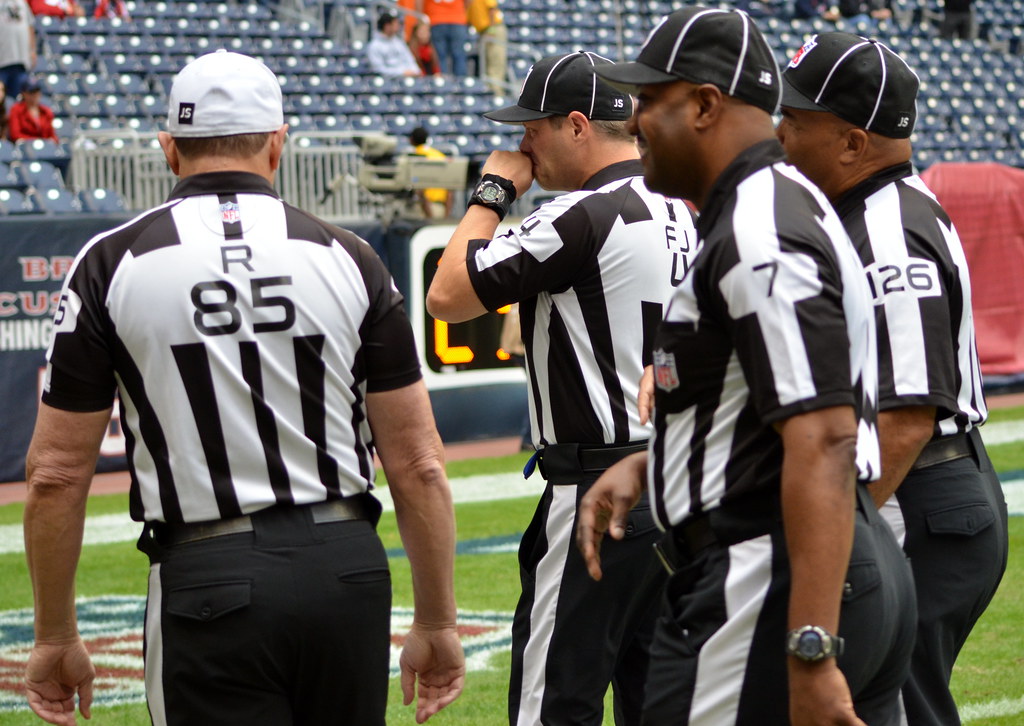
Examples of reviewable calls range from a potential out at home plate, to fair/foul balls calls and to determine whether a catch was made before the ball made contact with the field. But while the umpires might be the ones to decide to initiate a replay review, they would not be the ones to overturn the call. That responsibility lies with replay officials, full-time umpires who take on shifts at the Replay Command Center in the Major League Baseball Advanced Media headquarters in New York City.
NBA referees have access to a monitor controlled by the NBA’s Replay Center in Secaucus, N.J. They look at every score or potential foul call that occurs at the buzzer of each quarter and can review whether a player was indeed beyond the 3-point line (though that typically occurs during a timeout to avoid slowing down the game).
The final two minutes of the fourth quarter and overtime — if necessary — opens the door to even more reviews at crucial moments of a tight game. All out-of-bounds calls can be looked at whenever the decision is in doubt.
An added wrinkle the NBA implemented to its replay capacity came in the 2019-20 season when coaches were given the ability to “trigger one instant replay review per game of a called foul, called out-of-bounds violation, or called goaltending or basket interference violation.” — from the NBA’s Official site.
“We need to get those plays right,” said Monty McCutchen, a longtime NBA referee who is now the league’s vice president of referee development and training. “If [we go to replay review] six times and you don’t go on the seventh, and the seventh is the one that you screw up the game, all anyone is gonna talk about is the seventh time. They’re not gonna talk about the 15 minutes it took to play the [last minute of] the game.”
These rules and guidelines don’t eliminate mistakes entirely and they alienate certain pockets of fans who want quicker games, but they’re still the best way all sports leagues can avoid changing the outcome of a game from what it was rightfully supposed to be.
Photo Credit: Google Creative Common Licenses


